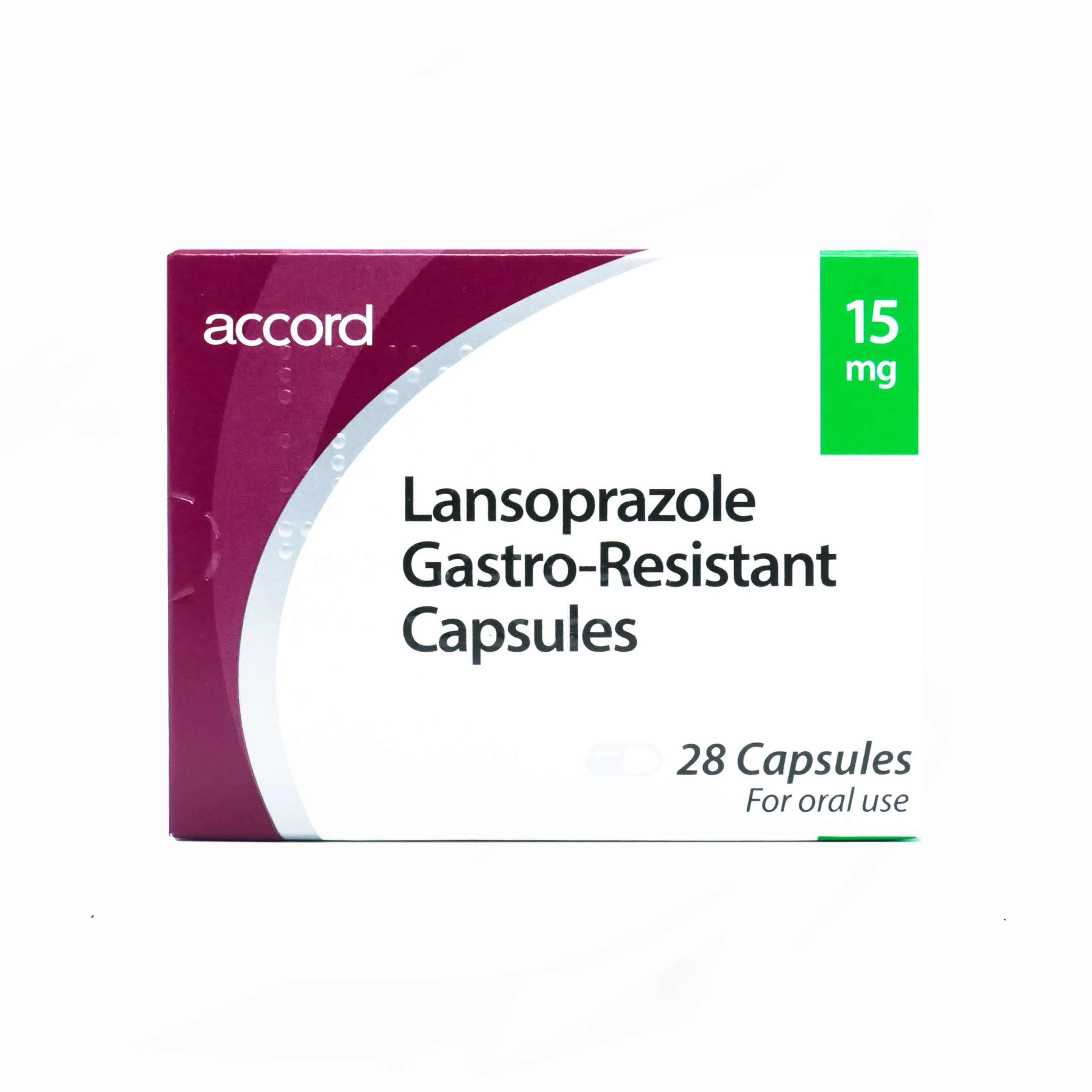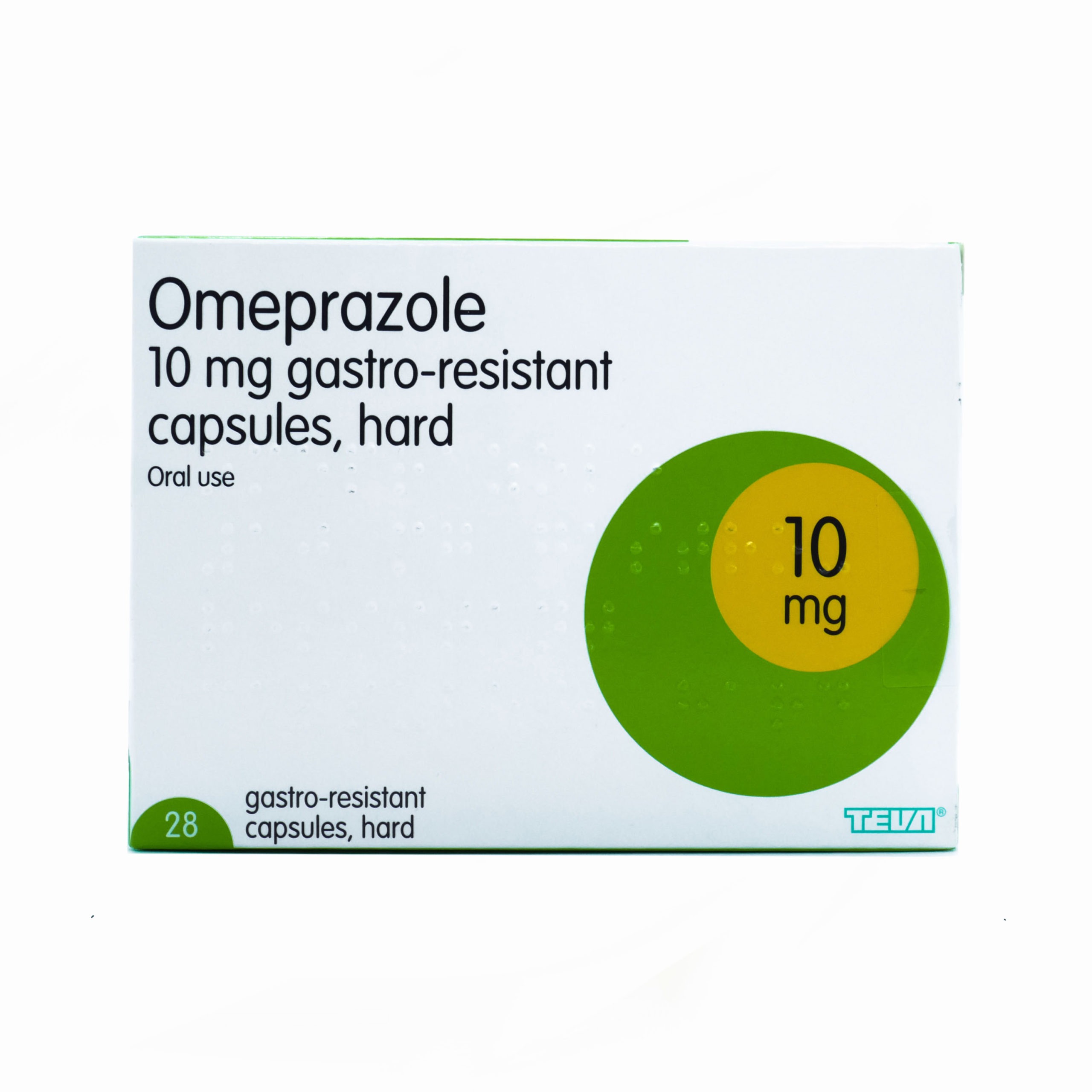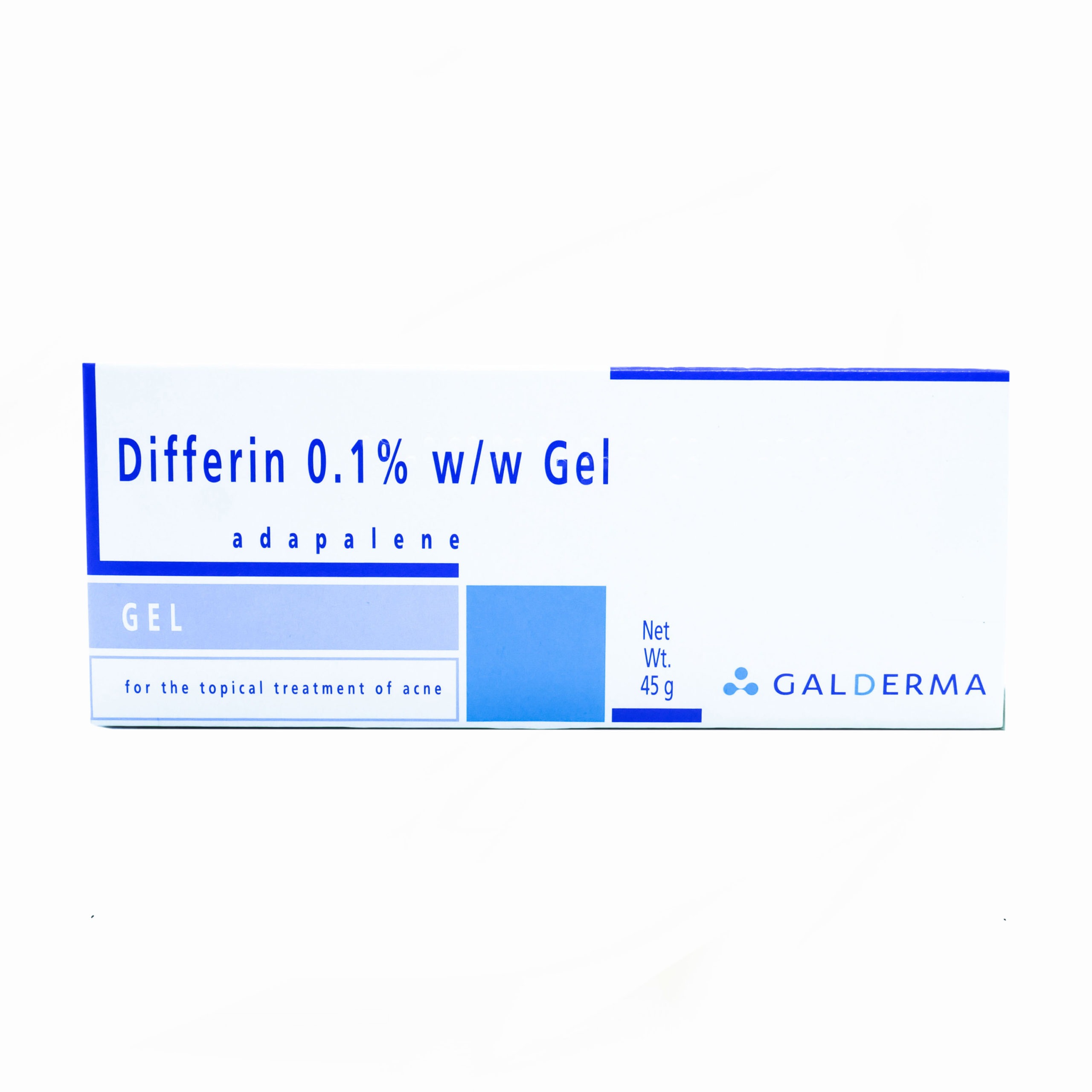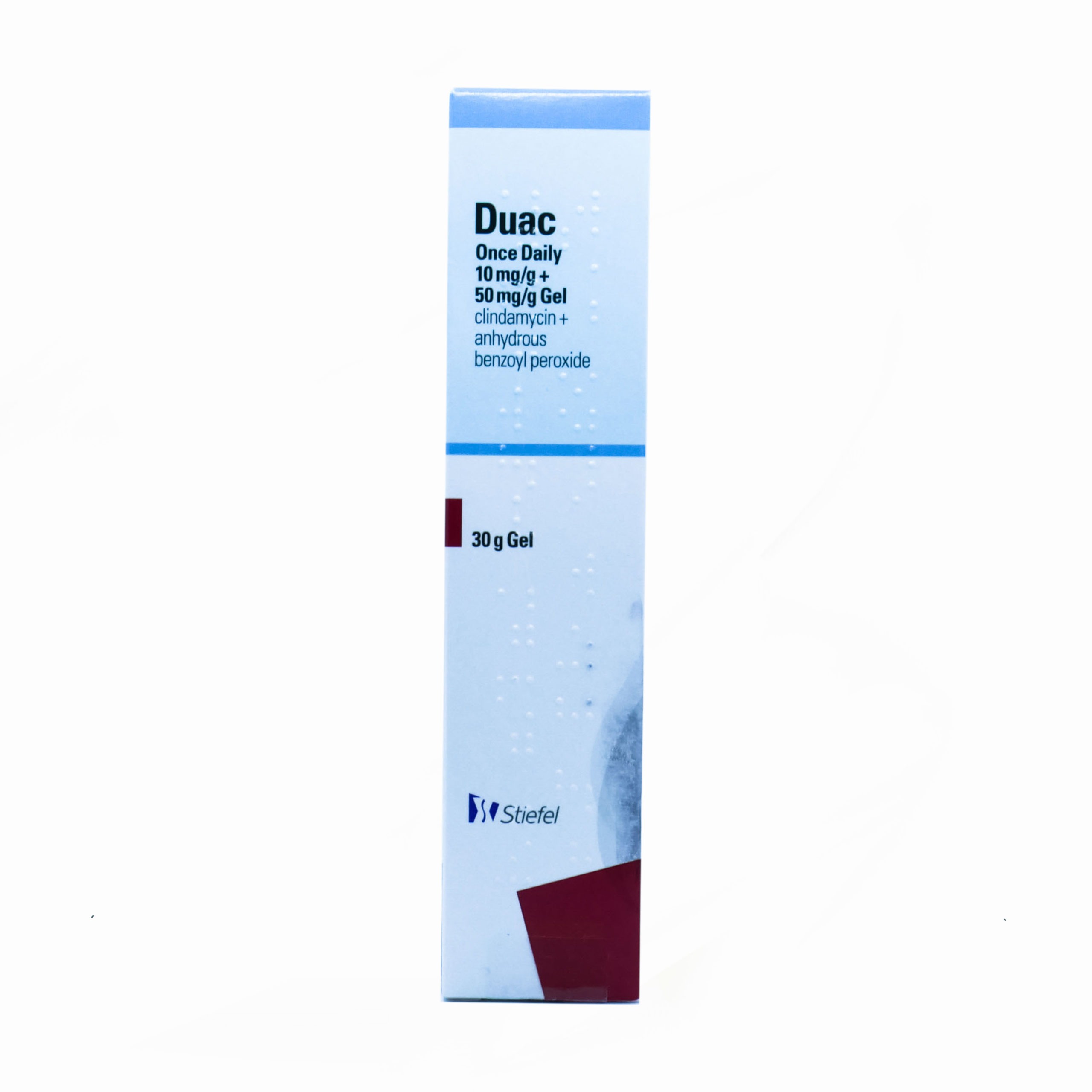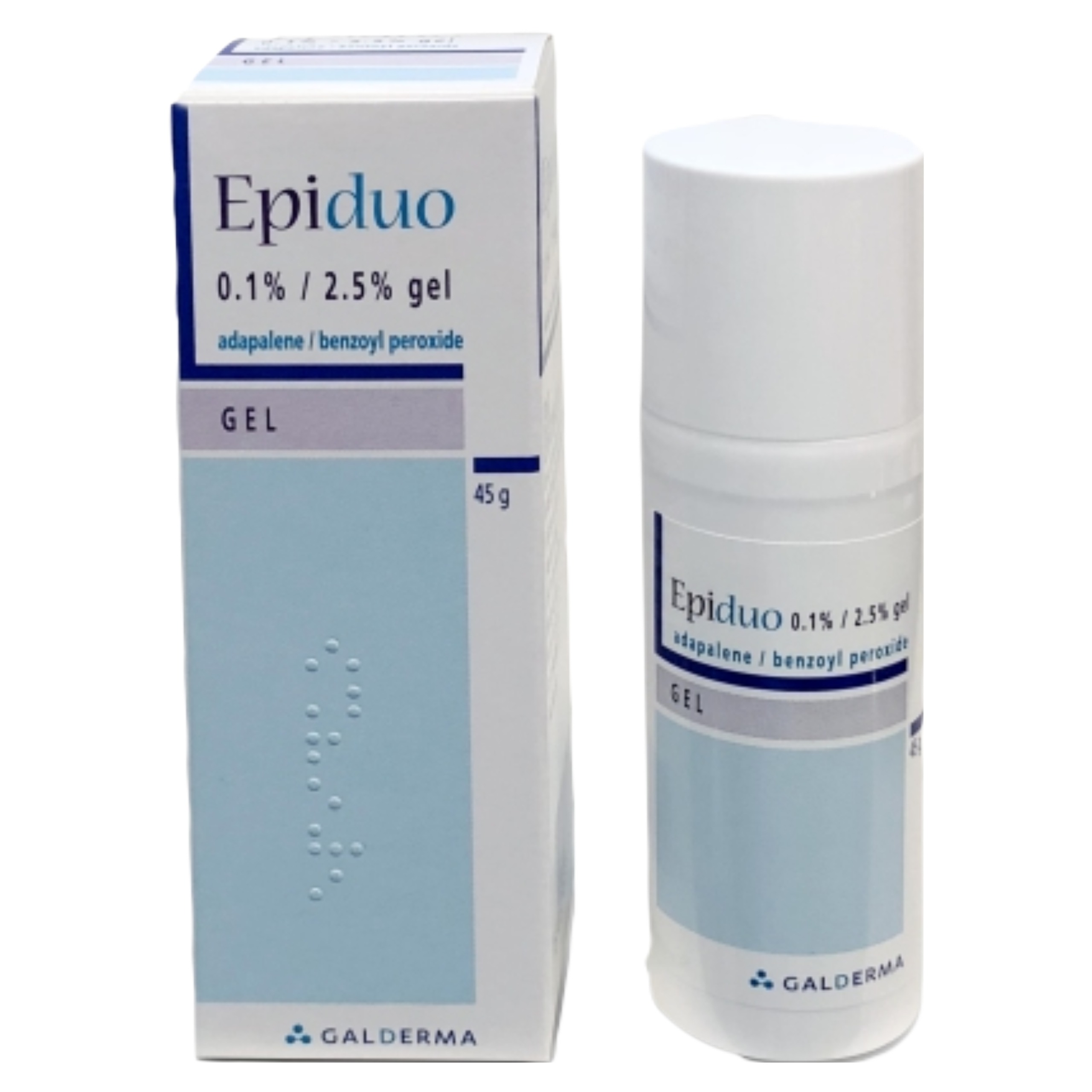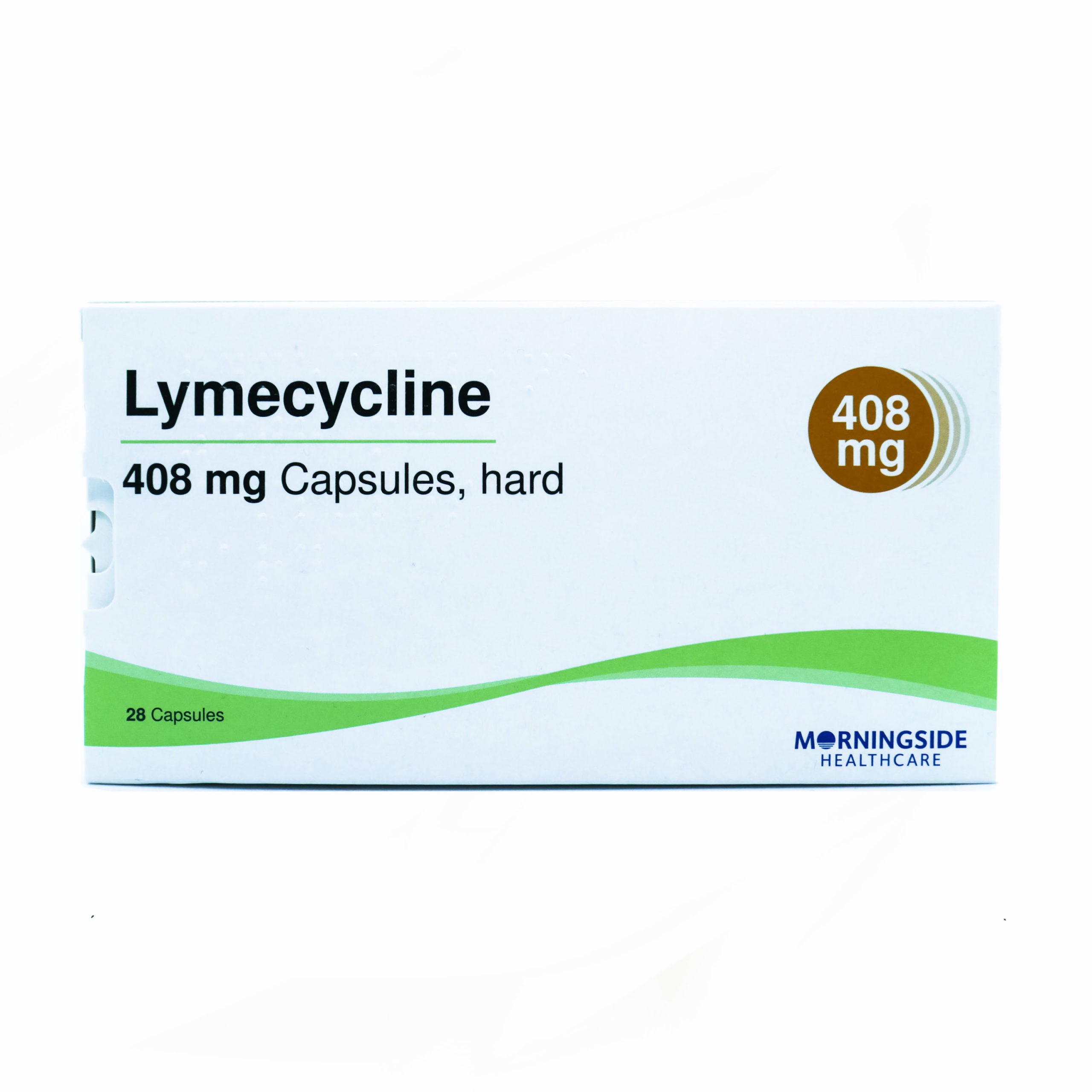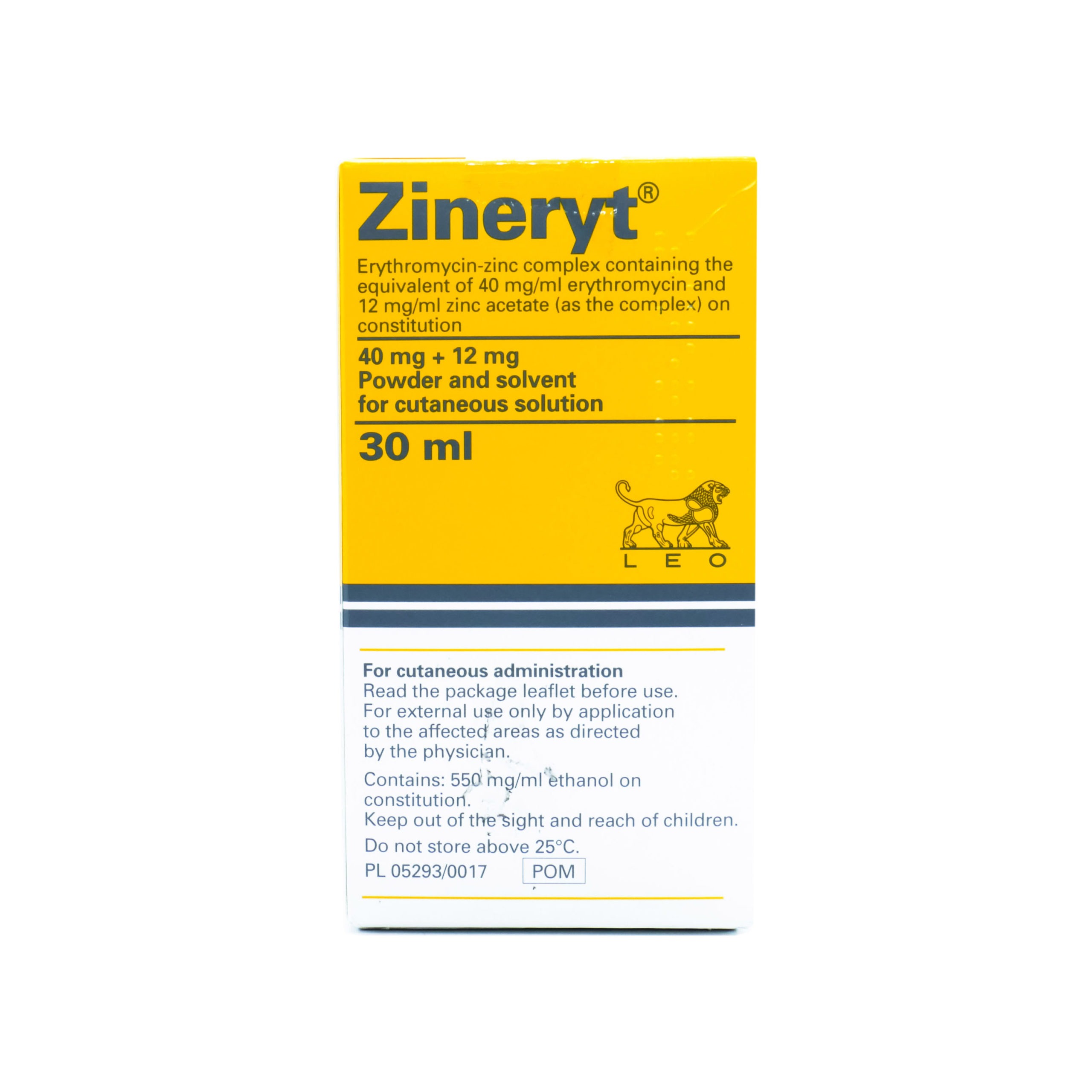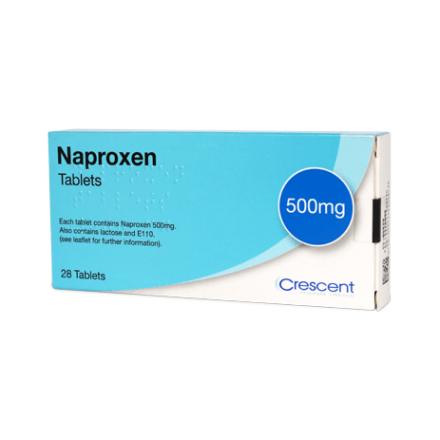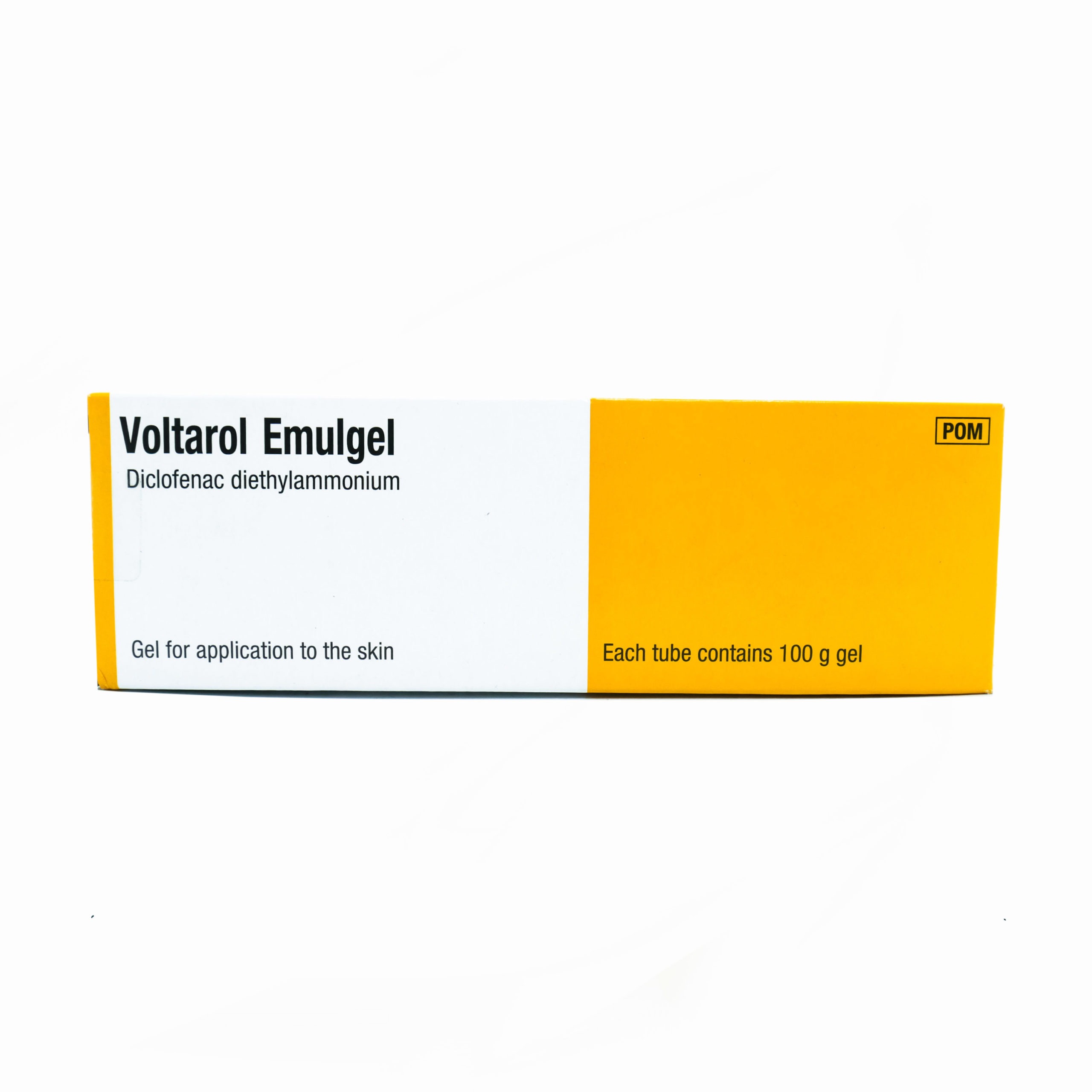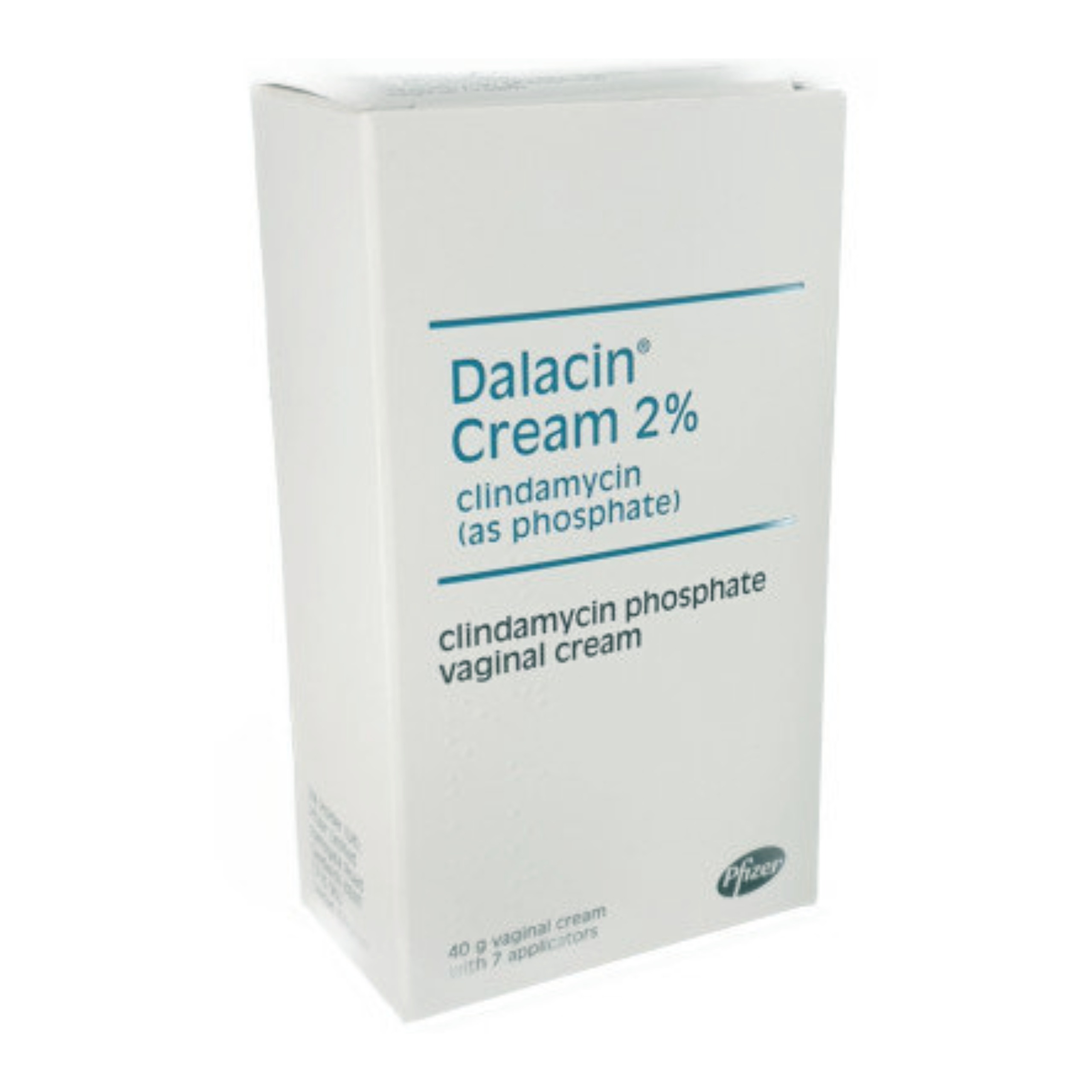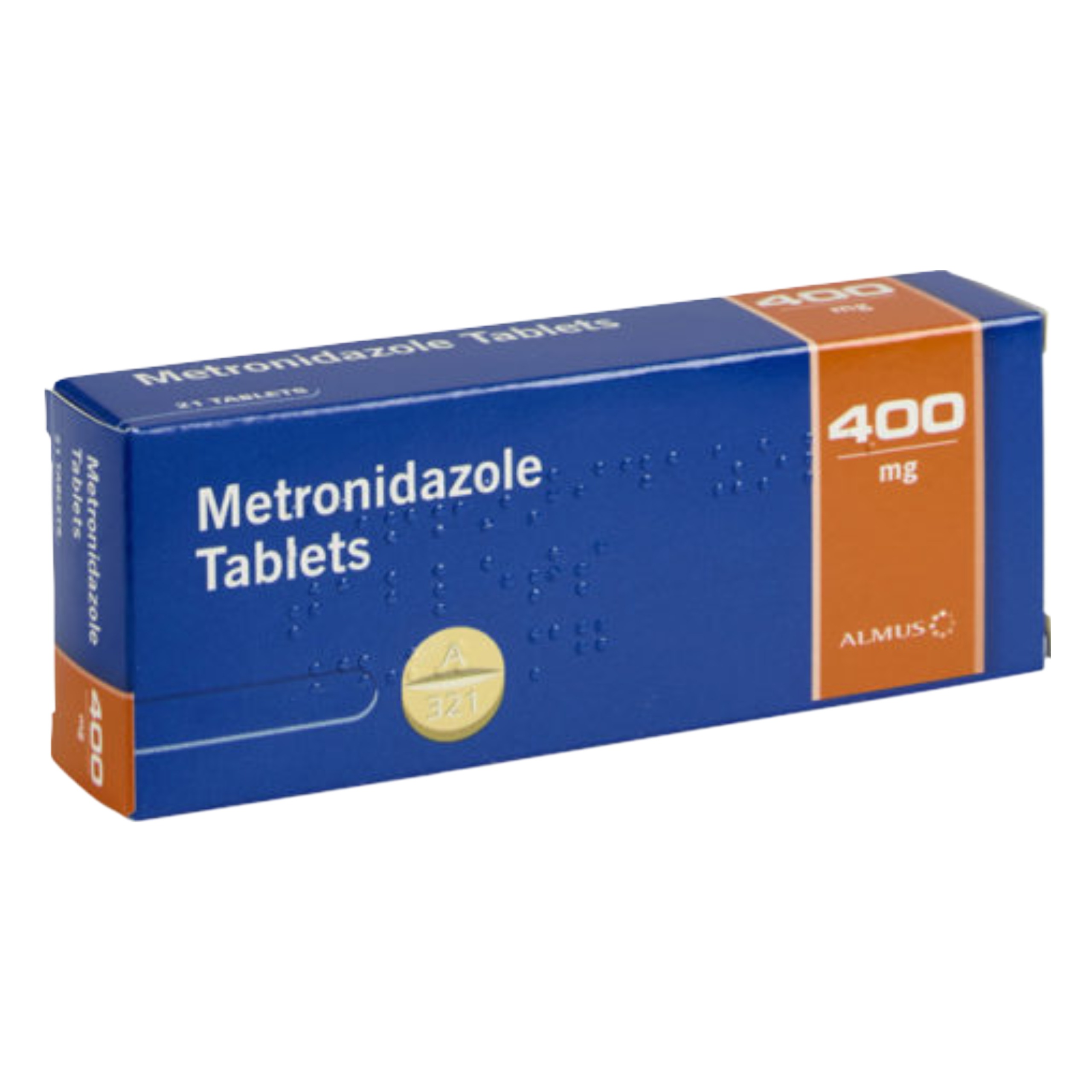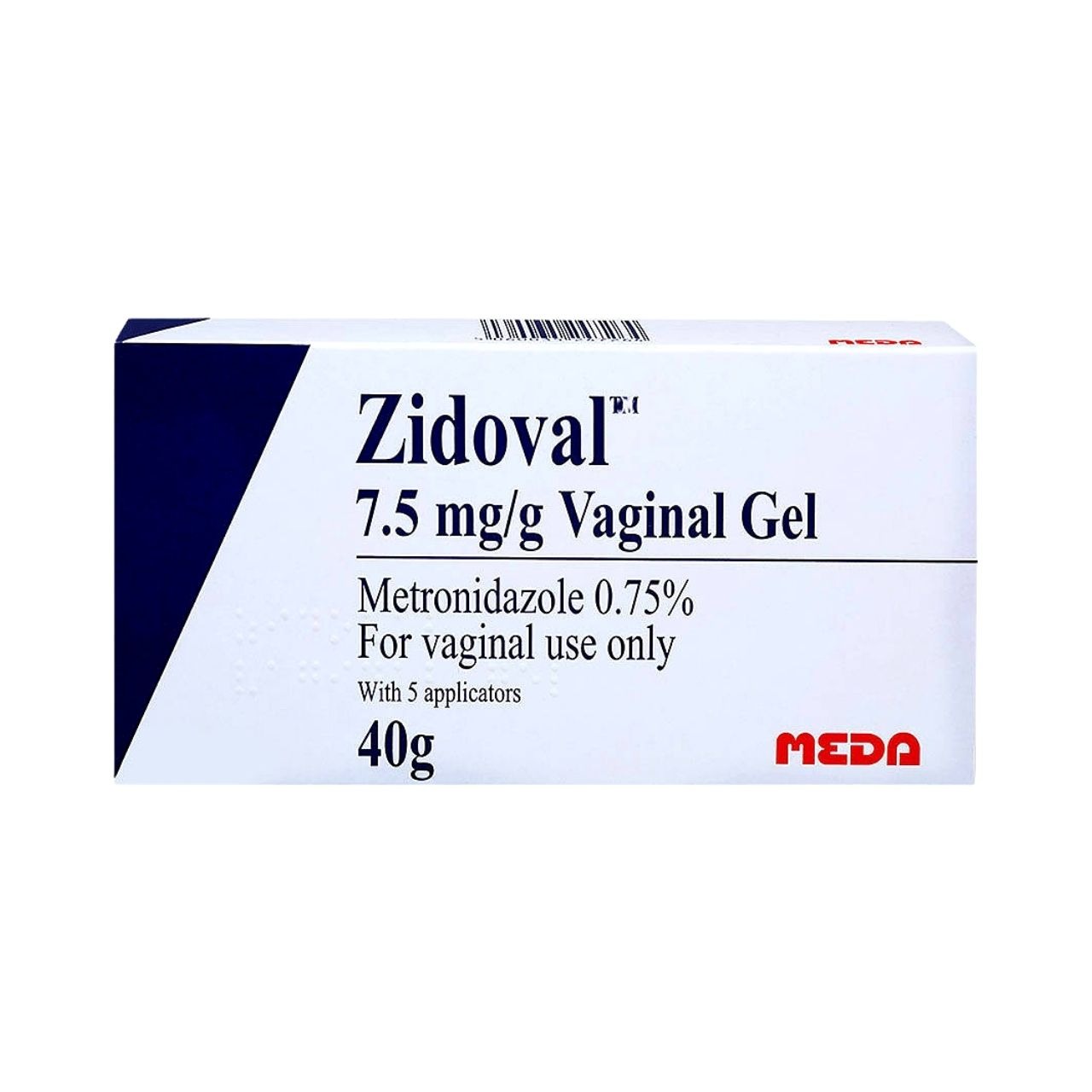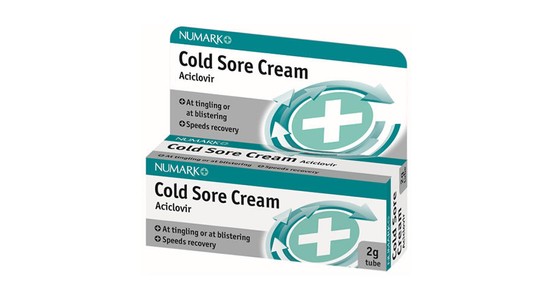Find a Condition to Treat
Or scroll down to browse through all conditions
Acid Reflux
Acid Reflux, or gastroesophageal reflux disease (GERD), occurs when stomach acid flows back into the oesophagus, causing symptoms like heartburn and regurgitation. It is often triggered by certain foods, medications, obesity, stress, or a hiatal hernia. Managing acid reflux involves lifestyle changes such as eating smaller meals, avoiding trigger foods, and elevating the head during sleep, along with medications like antacids, H2 blockers, or proton pump inhibitors. Knowing your gut type, taking probiotics and making dietary changes are steps you can take to maintain a healthy gut bacteria balance.
Please wait while related products are loading
Acne
Acne is a common skin condition characterised by the presence of pimples, blackheads, and cysts, primarily affecting the face, back, and shoulders. Acne is happens when pores in the skin become blocked. Often, this is due to a substance called sebum which is produced by glands in the hair follicles. Sebum normally helps keep the skin moisturised and water-proof. But too much sebum can cause acne. When pores get blocked they may become inflamed or infected, creating red bumps in the skin. Whilst getting spots is normal, acne is more severe and can be painful and impact self esteem. The types of spots include black and whiteheads, pustules and even cysts. Acne is triggered by hormonal changes at puberty or the menstrual cycle but also during pregnancy. At best acne is embarrassing, especially at a young age, but it can also cause scarring.
Please wait while related products are loading
Back Pain
Back Pain can result from muscle strain, structural issues, or underlying conditions like arthritis. It is a common ailment that can be felt anywhere along your back. It is most common to have pain in your lower back. Back pain can range from muscle aches to a shooting, burning or stabbing sensation. In addition, the pain may radiate down your leg or worsen with bending, twisting, lifting, standing or walking. Back pain can significantly impact daily activities and quality of life, particularly if it is chronic.
Please wait while related products are loading
Bacterial Vaginosis
Bacterial Vaginosis (BV) is a common vaginal infection caused by an imbalance in the vaginal bacteria, leading to symptoms like discharge, odour, and irritation. The most common symptoms of Bacterial Vaginosis include white, watery vaginal discharge that often has a strong and distinct fishy smell. As a common condition, there are multiple treatments that can be administered to help, including antibiotics like metronidazole or clindamycin. Maintaining good hygiene and avoiding irritants can help prevent recurrence.
Please wait while related products are loading
Cold Sores
Cold Sores are blisters around the mouth caused by the herpes simplex virus (HSV-1). They are contagious and can be triggered by stress, illness, or sun exposure. They are common but usually clear up on their own within 10 to 14 days. Treatment can ease discomfort, speeds up recovery and includes antiviral medications like acyclovir and over-the-counter creams to reduce symptoms.

